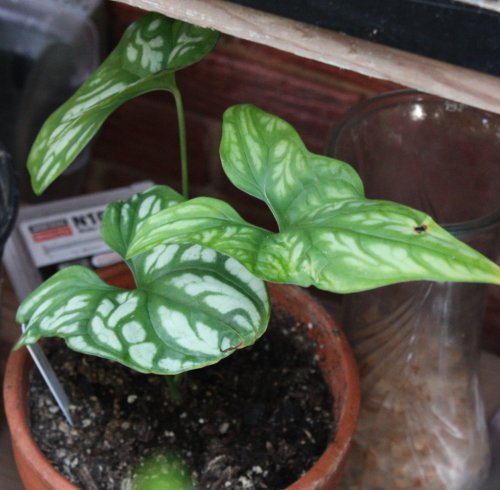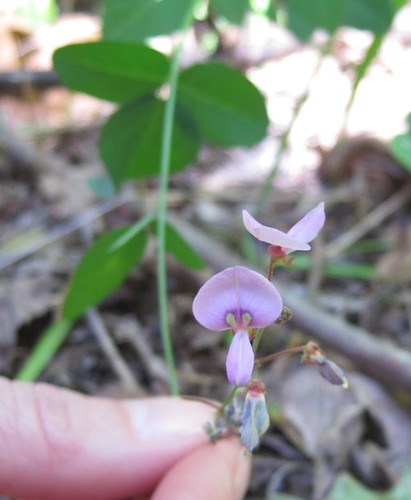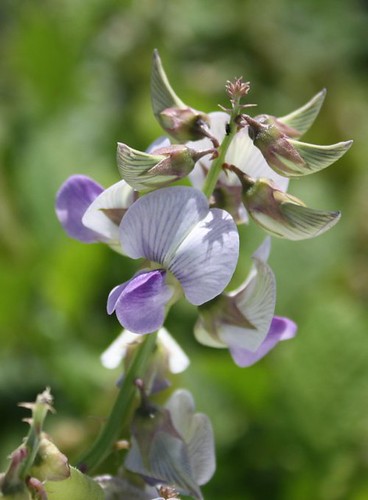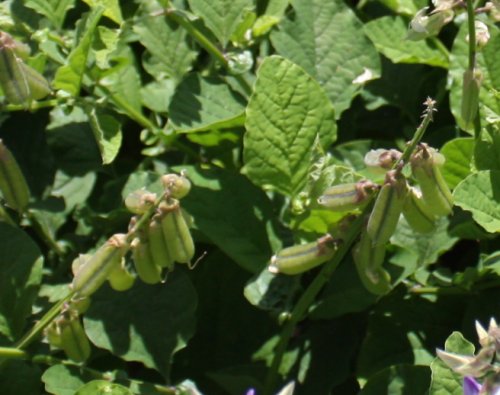About six months ago I saw my first pictures of
Anthurium scandens. This plant has many different features compared with all other
Anthuriums I have known. First of all, it grows as a vine, while most other
Anthuriums grow as rosettes. Also, this
Anthurium is easily distinguishable by its profuse flowering (inflorescences) and the distinct white berries which form when the inflorescence is pollinated.
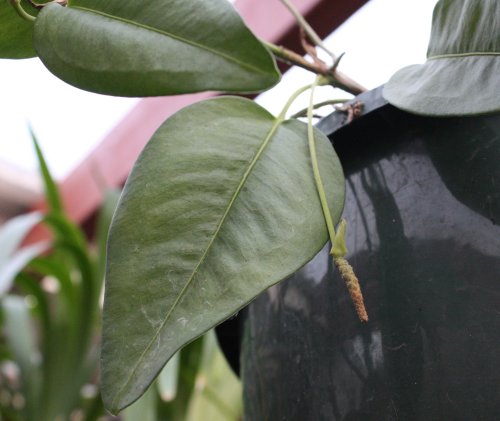 |
| Anthurium scandens with single inflorescence |
A couple of months ago I saw a small plant of
Anthurium scandens listed for sale on eBay and I couldn't pass it up. I purchased it, along with another unique Aroid. Just a week later, at the plant swap of our aroid meeting at the Fort Worth Botanical Gardens, there were about 10 ziplock bags with cuttings of
Anthurium scandens. On the one hand, I was kicking myself for having purchased one of these plants just weeks before when I could get one for free at our plant swap. On the other hand, I was happy to have duplicates of this beautiful plant and knew that there was no way I could have known ahead of time that these would be available.
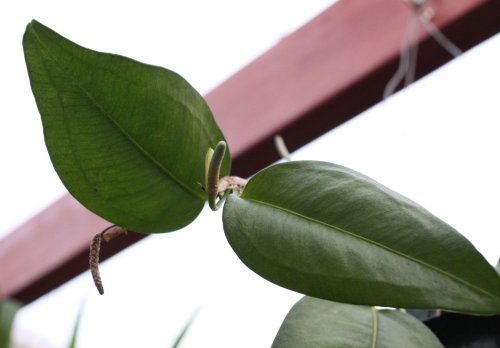 |
| Anthurium scandens with two inflorescences |
So now I have a couple of
Anthurium scandens in my plant collection. The cutting I brought home from the Fort Worth Botanic Garden even had a couple of inflorescences that had pollinated and formed berries (infructescence). The smaller plant that I bought on eBay is doing well and producing a new inflorescence every couple weeks. I have the larger plant hanging in a pot near the ceiling of my greenhouse, with my
Anthurium paraguayensis, also from the FWBG meeting. Eventually I would like to have some sort of tree branch arching across the top of my greenhouse that my
Anthurium scandens can creep across.
